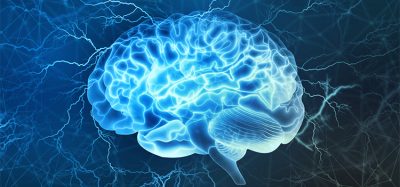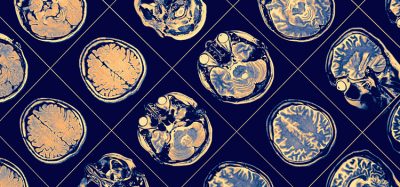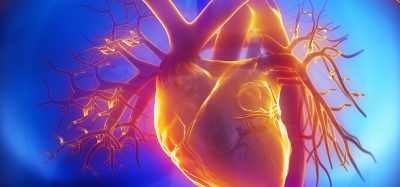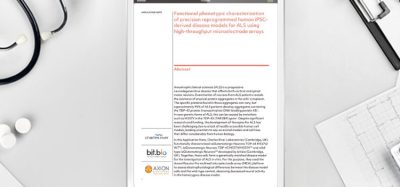Scientists have shown ageing process can be safely and effectively reversed in mice
Posted: 9 March 2022 | Ria Kakkad (Drug Target Review) | No comments yet
New research by the Salk Institute has shown cellular rejuvenation therapy safely reverses signs of ageing in mice.
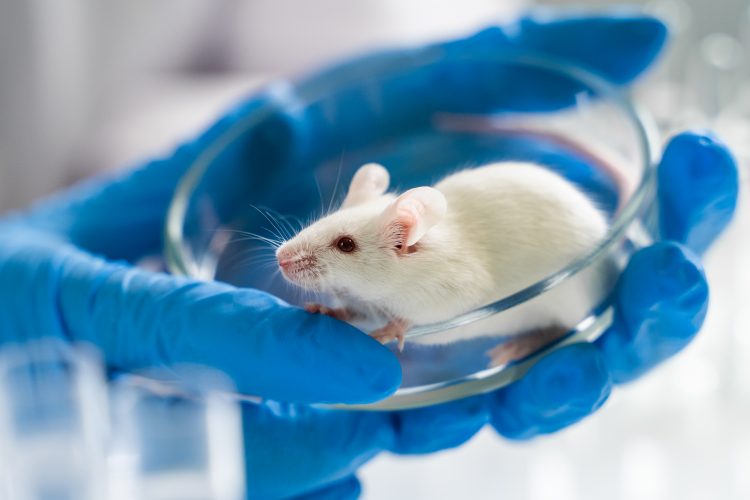
Scientists at the Salk Institute, US have shown they can safely and effectively reverse the ageing process in middle-aged and elderly mice by partially resetting their cells to more youthful states. Cells isolated from older people or animals have different patterns of chemicals along their DNA, called epigenetic markers, compared to younger people or animals. By adding a mixture of four reprogramming molecules (Oct4, Sox2, Klf4 and cMyc, also known as “Yamanaka factors”) to cells can reset these epigenetic marks to their original patterns. This approach is how researchers can dial back adult cells, developmentally speaking, into stem cells.
“In addition to tackling age-related diseases, this approach may provide the biomedical community with a new tool to restore tissue and organismal health by improving cell function and resilience in different disease situations, such as neurodegenerative diseases,” explained Professor Juan Carlos Izpisua Belmonte, corresponding author of this study.
In the study, which was published in Nature Aging, the scientists tested variations of the cellular rejuvenation approach in healthy animals as they aged. One group of mice received regular doses of the Yamanaka factors from the time they were 15 months old until 22 months, approximately equivalent to age 50 through 70 in humans. Another group was treated from 12 through 22 months, approximately age 35 to 70 in humans. A third group was treated for just one month at age 25 months, like age 80 in humans.
Compared to control animals, there were no blood cell alterations or neurological changes in the mice that had received the Yamanaka factors. Moreover, the team found no cancers in any of the groups of animals.
When the researchers looked at normal signs of ageing in the animals that had undergone the treatment, they found that the mice resembled younger animals. For example, in both the kidneys and skin, the epigenetics of treated animals more closely resembled epigenetic patterns seen in younger animals. Also, when injured, the skin cells of treated animals had a greater ability to grow and were less likely to form permanent scars — older animals usually show less skin cell proliferation and more scarring. Moreover, metabolic molecules in the blood of treated animals did not show normal age-related changes.
This youthfulness was observed in the animals treated for seven or 10 months with the Yamanaka factors, but not the animals treated for just one month. Moreover, when the treated animals were analysed midway through their treatment, the effects were not yet as evident. This suggests that the treatment does not simply pause ageing, but actively turns it backwards — although more research is needed to differentiate between the two.
The team is now planning future research to analyse how specific molecules and genes are changed by long-term treatment with the Yamanaka factors and developing new ways of delivering these factors.
Related topics
Cell Regeneration, DNA, Neurons, Neurosciences, Regenerative Medicine, Stem Cells
Related conditions
ageing
Related organisations
Salk Institute
Related people
Professor Juan Carlos Izpisua Belmonte




